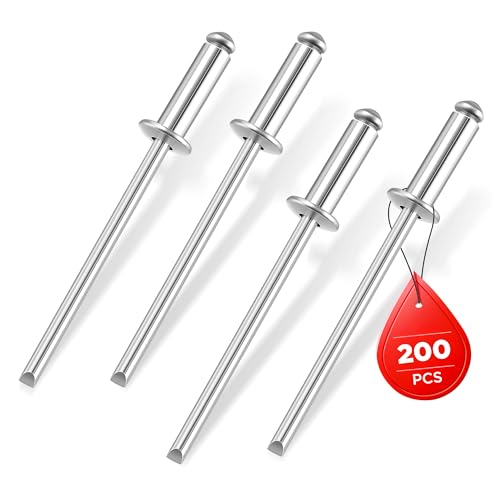thill
Well-known member
Here is something I've never faced before. I have an 18' Starcraft that is in great shape, but the previous owner bottom painted the boat. Today, I used a power washer, and blasted off the old loose layers of paint, and I want to re-paint. I've done lots of bottom paint, but never on an aluminum hull.
What paint to use? I've heard two schools of thought...
1. Apply 2 layers of epoxy barrier coat to the hull, and then use whatever bottom paint you want.
2. Use a special bottom paint made specifically for aluminum boats.
I can't tell what the previous owner did. That tough, dark stuff underneath kind of looks like barrier coat.
For you who have done this over a number of years, what have you done and what do you prefer?
Thanks
What paint to use? I've heard two schools of thought...
1. Apply 2 layers of epoxy barrier coat to the hull, and then use whatever bottom paint you want.
2. Use a special bottom paint made specifically for aluminum boats.
I can't tell what the previous owner did. That tough, dark stuff underneath kind of looks like barrier coat.
For you who have done this over a number of years, what have you done and what do you prefer?
Thanks





















































